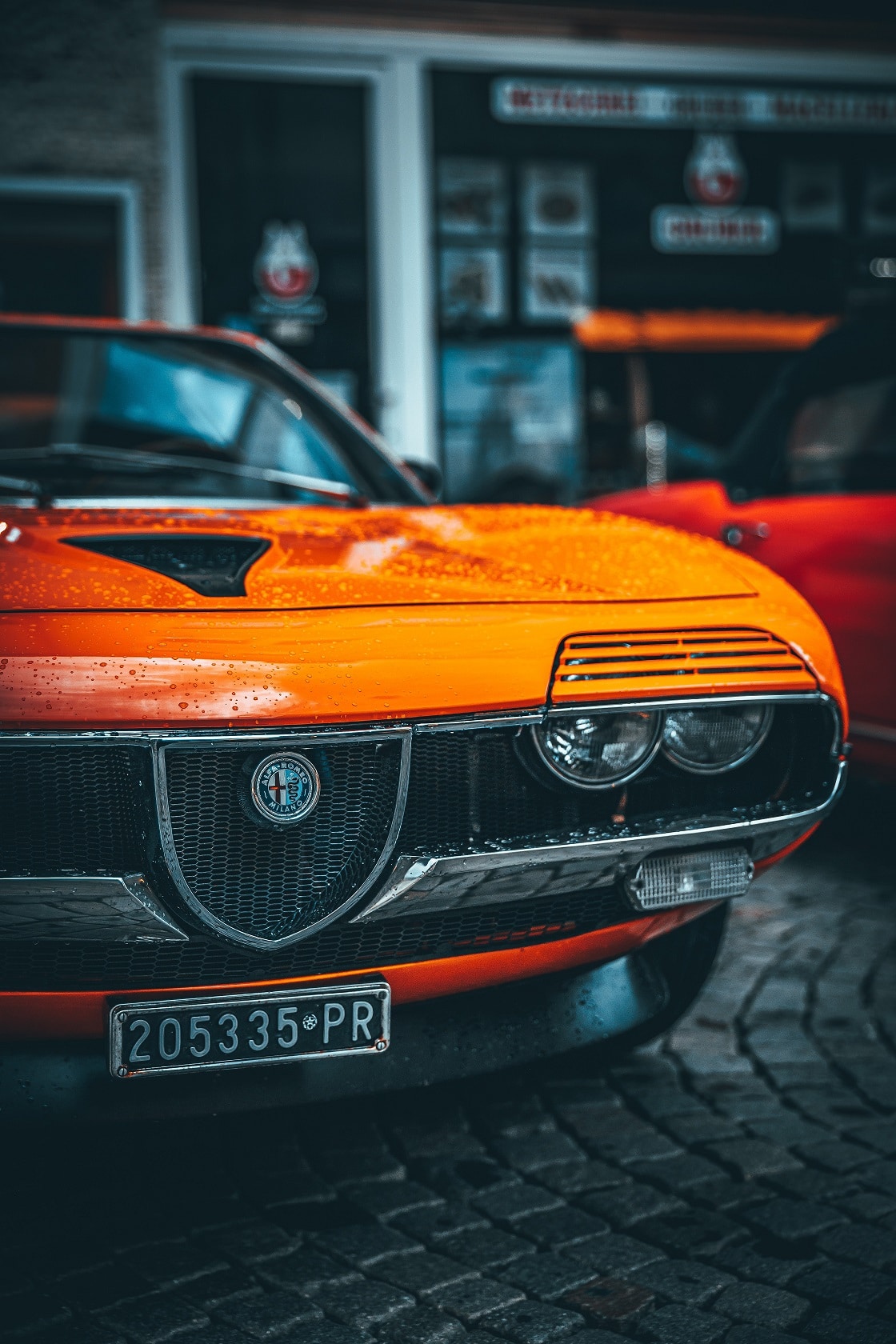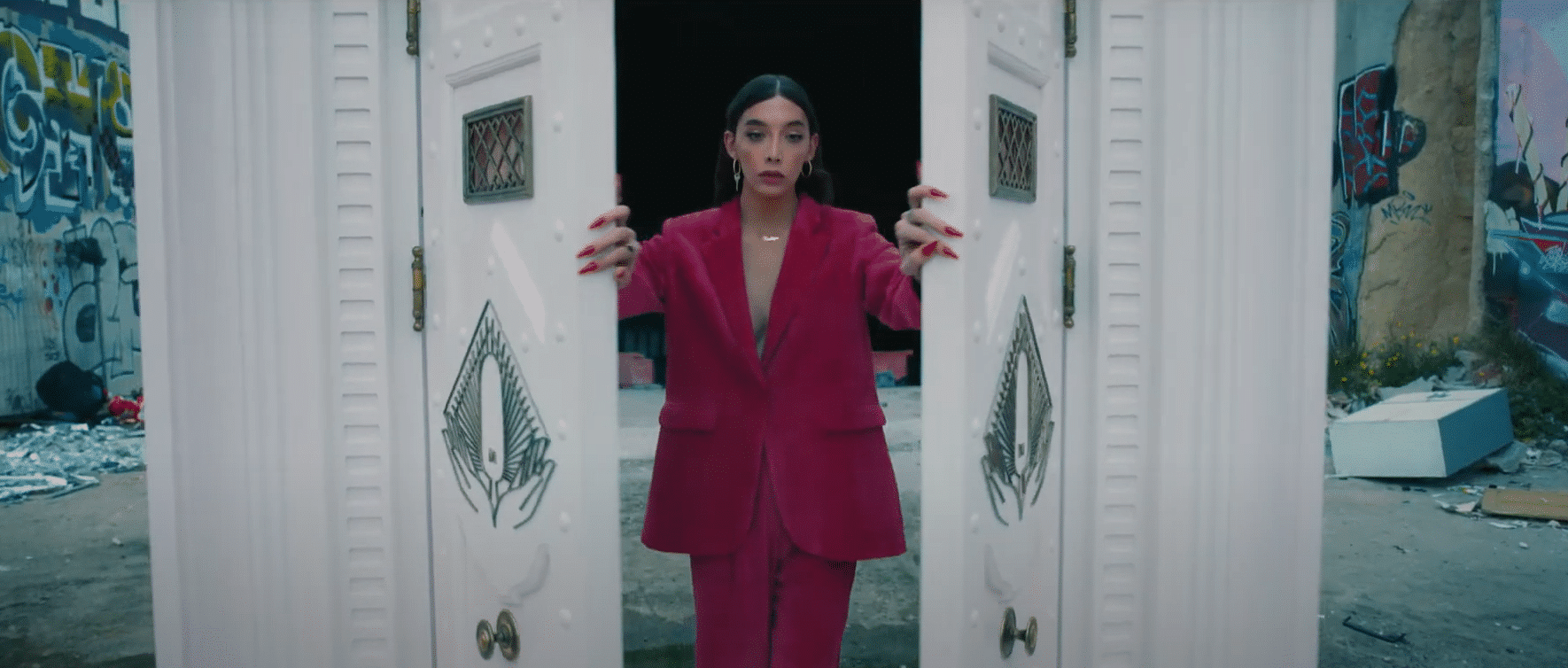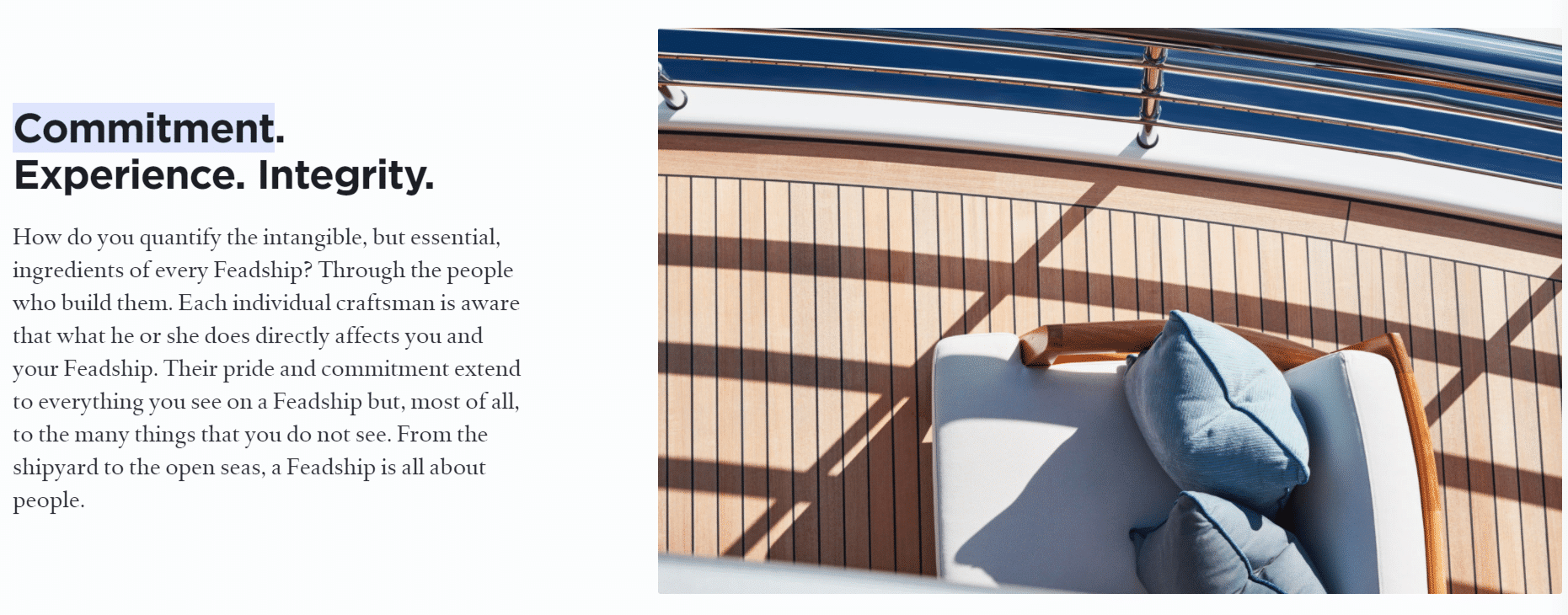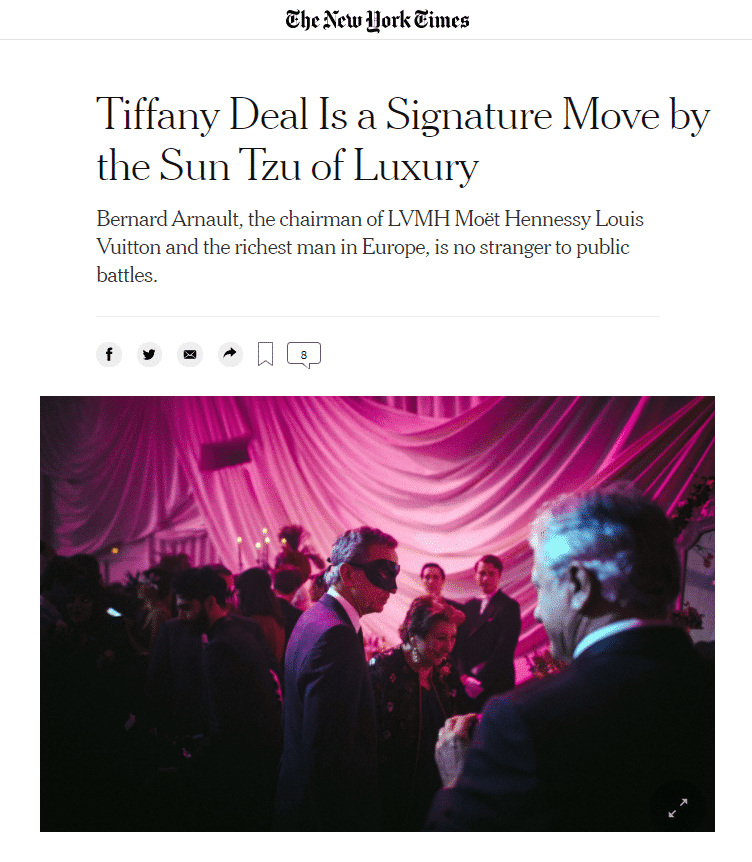*Brand archetype
Brand archetype Lover: to love and be loved

Are emotions or creating relationships central to your brand? There’s a good chance that you are a lover! The Lover brand archetype is all about passion, emotion, beauty, and intimacy and is also known as the romantic, seducer, or beloved. These brands intensely desire the approval of their target audience and achieve it by putting customer relationships at the center.
Brand archetype Lover: it’s all about love

Automaker Alfa Romeo is a Lover, a car brand
The Lover is also known as a romantic, seducer, or matchmaker, but can also take on the role of a best friend. What all these types have in common is that (platonic) love, intimacy, and appreciation are central. What is life without love and appreciation? Nothing, this brand archetype would answer.
The first association with Lover brands is undoubtedly a consumer brand, but it is also a valid brand archetype for B2B brands. It is a reliable partner for others, loyal and respectful, charismatic and intense, with an eye for detail. Customers of a Lover brand feel special and appreciated and often have a long-standing relationship with the brand. It’s all about the emotional connection.
Lover brands often offer products in which pleasure or beauty plays an important role. Think, for example, of expensive chocolates, exotic cars, and luxury brands such as Chanel or Dior. But the Lover can also be a spiritual or strategic partner. In this role, she helps customers achieve goals or supports them in a transformation.
From pleasure to self-acceptance, Magnum is a true Lover
Unlike an Alfa Romeo or a new outfit from Dior, you don’t pay hundreds or thousands of euros for a Magnum ice cream. Yet, the brand is positioned in the higher segment of its market. Over the past decades, Unilever has successfully positioned Magnum as a premium ice cream brand.

Pleasure and enjoyment are central in Magnum’s campaigns, as a Lover brand archetype among ice cream brands.
Characteristic of a Lover, pleasure and enjoyment are central in the sensual campaigns of Magnum. Handsome models are admitted to the exclusive Magnum club or literally let their inner beast out while the voice-over emphasizes the high-quality and exclusive ingredients in the ice cream. With slogans like ‘Take pleasure seriously’ and ‘For pleasure seekers,’ Magnum shows that it takes the desires of its target audience seriously.
However, Magnum’s message has recently risen above the first level of a lover. It is now more often about the feeling that one bite of a Magnum invokes. In addition to pleasure, Magnum represents choosing happiness and the freedom to be who you are.
With this, Magnum goes beyond the initial, fleeting ‘pleasure level’ of a lover and presents itself as a reliable partner for personal goals. And this was not just reflected in abstract advertisements:
In 2017, Magnum was under fire in Australia for a campaign around the slogan “Pleasure is diverse.” The campaign featured a same-sex marriage in a time when same-sex marriage was not yet allowed in Australia and there was intense debate about legalization. A spokesperson for Magnum responded to the controversy: ‘Whoever you are, wherever you come from and wherever you’re going, we all deserve to live in an open society that accepts everyone. Because only when we can be the best version of ourselves can we enjoy life more’.

The Lover brand archetype of Magnum has grown beyond the ‘pleasure level’ in recent years and alludes to meaning, self-love, and true acceptance.
Also in a more recent campaign, Magnum refers to a spiritual connection, once again focused on pleasure and staying true to yourself: #truetopleasure.
The 3 levels of the Lover brand archetype
The Lover brand archetype is within all of us. Everyone is looking for pleasure, love, emotional connection, or a spiritual connection. It’s no coincidence that these have been the subjects of literature, music, film, and every other form of art since time immemorial. This is what the Lover is all about and what it helps its target audience achieve. Like every brand archetype, the Lover can go in different directions and we distinguish three levels:
- In the moment – Enjoy the good things in life. Feel pleasure, see beauty, experience creative energy or surrender to sensual pleasure. No worries for tomorrow.
- Connection – A friend or companion, someone who selflessly wants the best for you. A partner or comrade, or a matchmaker who connects you with others and minimizes the risk of rejection. Many different roles that revolve around deeper emotional connection.
- Meaning – The third level is all about the ultimate emotional connection. A soulmate, a profound belief and life conviction, or complete self-acceptance.
The first level may be fleeting, but is that so wrong? That lack of commitment can have a great appeal and make someone need to spend more money on your product or service. And there is no reason not to come back. While at the second level, you dive deep and mostly want to give.
The second and third levels may seem far from our daily lives, as unconditional love and meaning are not something we typically associate with brands. Yet, brands are becoming more and more tools that shape our own identities. How can a brand that is inextricably linked to the identity of its target audience not be successful?
Example Lover brand archetype industry: PPG
PPG is an American producer of glass, paint, and coatings, among other products. Their products are used in various industries such as aviation, automotive, and construction, and the company has consumer brands such as the paint brand Histor. PPG’s slogan is a clear Lover statement: “we protect and beautify the world.”

A good example from practice is the coating developed by PPG for private cars in the 1960s. This coating was already used to prevent rust on industrial vehicles, but PPG was the first to use it to protect private cars against rust. This fits perfectly with the slogan, positioning, and brand archetype of PPG.
The number of available colors that we now see in hardware stores also comes from PPG. In the 1970s, they introduced the DesignaColor System, which allows consumers to customize paint to various shades. This helps PPG customers make their living environment more beautiful.
What stands out when we look at PPG’s imagery and language is the focus on people. Wherever you look, people are central in the photos and videos. Even in the text, it’s mostly about people and the impact the people at PPG have on other people and communities. The focus on the emotional experience of its customers fits perfectly with the Lover brand archetype.
PPG expresses itself at the first level of the Lover; in the moment.
Example Lover brand archetype industry: Feadship Royal Dutch Shipyards
Before you read on, take a look at this image:

Need we say more?
This idyllic image undoubtedly evokes some feelings in you. The typical images of beauty and elegance, the ballerina, the moonlight, and the mountain, the sleek lines of the ship, are currently on the first page of Feadship’s website. The image evokes pure luxury and elegance. This Dutch company is, as they say themselves, the world leader in fully custom-made and designed superyachts.
Feadship is craftsmanship, design, and customization. Unlike PPG, the product is central to Feadship’s visual language, and we see fewer people. The experience and craftsmanship are central at Feadship. In texts, the company speaks of perfection, making the impossible possible, and commitment. Feadship does not build yachts; it builds experiences. The ultimate luxury experience that its customers can enjoy.

Reading between the lines, we see that Feadship focuses on the third level of the Lover archetype; meaning. Customers who choose Feadship as their superyacht builder express their desired identity. This identity is, of course, about the ultimate experience and beauty that a Feadship can offer.
Does the Lover brand archetype fit your brand?
Do you recognize your brand in the motivations of the Lover and the examples we have given, but still have doubts? The Lover brand archetype fits your brand or organization if:
- The customer relationship is central.
- Your product or service offers beauty, communication, or intimacy. Customers feel beautiful and confident through your product.
- The internal culture of your organization is characterized by an intimate, friendly, and small-scale atmosphere, even in large organizations. Think of Feadship, who speak of individual craftsmen who make the difference.
- Your product or service falls into the higher-priced luxury segment.
- Does your product help people find new relationships, such as new colleagues, friends, or partners? There’s a good chance you’re literally a matchmaker!
Benefits of the Lover brand archetype

Chanel has been offering “uncomplicated luxury” for over 100 years, and knows how to bind customers for life.
The Lover has a very large potential target group. What is unique about the Lover brand archetype is that love is a driving force for everyone and virtually their whole life, in all its different forms, from childhood to late adulthood.
A well-executed Lover positioning fits a brand where the customer relationship is truly central and gives your brand the opportunity to bind a customer for life. The relationship and appreciation that customers feel for your brand is also directly why they are willing to pay a higher price. The Lover is therefore ideal for binding a large group of loyal customers to your brand!
Not only customers love the Lover, but employees also love working for your brand. Employees feel a passion for the product, service, or organization and feel connected to the company’s vision. Internal competition is not an obstacle for the Lover, as employees work in close-knit teams towards the same goals.
By placing the customer relationship at the center and pursuing truly intimate relationships with customers, the desires and longings of your target group are always on the radar, and you have a clear customer base. And those customers are happy to let you know what they think of your brand. The excellent relationship with customers provides the Lover with valuable feedback from customers and opportunities for market research among a very well-defined customer group.

LVMH, with brands such as Dior and Moët, is the world’s largest luxury goods and brands conglomerate. However, the organization is increasingly being labeled as the ‘wolf in cashmere’ due to its hostile takeovers of companies such as Hermès and Tiffany.
Pitfalls of the Lover brand archetype
The self-esteem and success of a typical Lover depend largely on the validation she receives from her target audience. If this validation is lacking, for example due to disappointing sales or, worse, bad reviews, the Lover risks becoming adrift, letting go of her own knowledge and expertise, and desperately searching for what does appeal to the customer.
Another pitfall of the Lover is formed by two typical counterparts of love, friendship, and intimacy: competition and jealousy. For organizations, these are also two possible obstacles on the way to a successful Lover positioning. Although the competition for attention from your customers is always present, customers of the Lover archetype should not notice this. For the Lover, jealousy is a natural trait, so these brands should be careful not to be too distracted by the competition. Keep the focus on the customer and show her why your brand is the most attractive choice.
Marketing of a Lover brand archetype
There is no other brand archetype where looks are so decisive. The customers of a Lover want to be seduced with beautiful campaigns that focus on their desires: a more beautiful home, a good friendship, or self-love. Through your marketing campaigns, the customer feels special, loved, and connected to your brand. Physical sales points and online stores appeal to emotions, exclusivity, or personal attention. And don’t forget about after-sales and customer service! A good Lover distinguishes herself here as well with personal attention, by listening carefully to the customer and putting her interests first.
Other possible brand archetypes
Do you recognize some things from the Lover, but still unsure if this brand archetype really fits your brand? Here are two possible alternatives:
The Ally, also known as the companion, is also very focused on the customer’s interest. The difference is that an Ally is mainly driven by a desire to “belong” and seeks acceptance from others. The Lover, on the other hand, is looking for intimacy, has less need to be accepted by others, and encourages self-acceptance.
The Caregiver wants to take care of others and therefore also has a strong focus on the customer. While the Caregiver derives satisfaction from the positive contribution she makes to the lives or goals of others, the Lover’s satisfaction comes from the relationship with others. It is not about what the Lover does for her customers, but how it makes them feel.
Want to learn more about brand archetypes? Check out our brand archetype page, where we collect all information about brand archetypes.